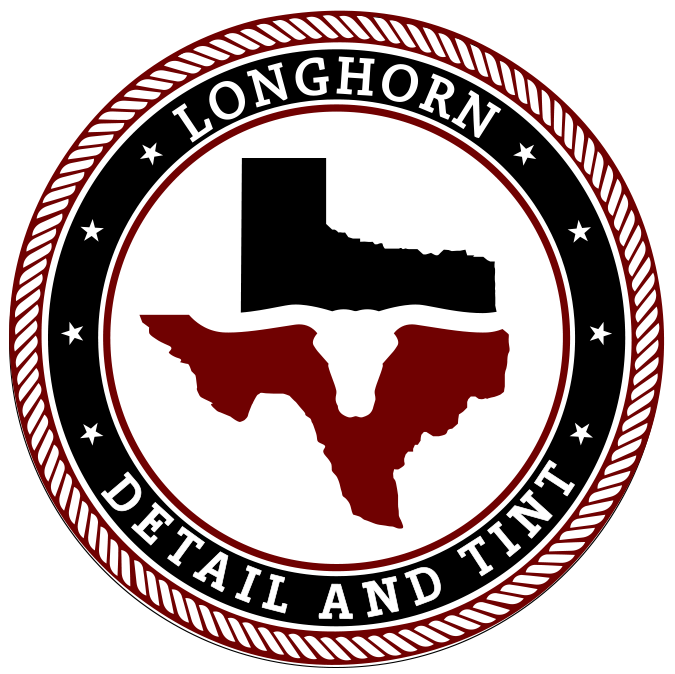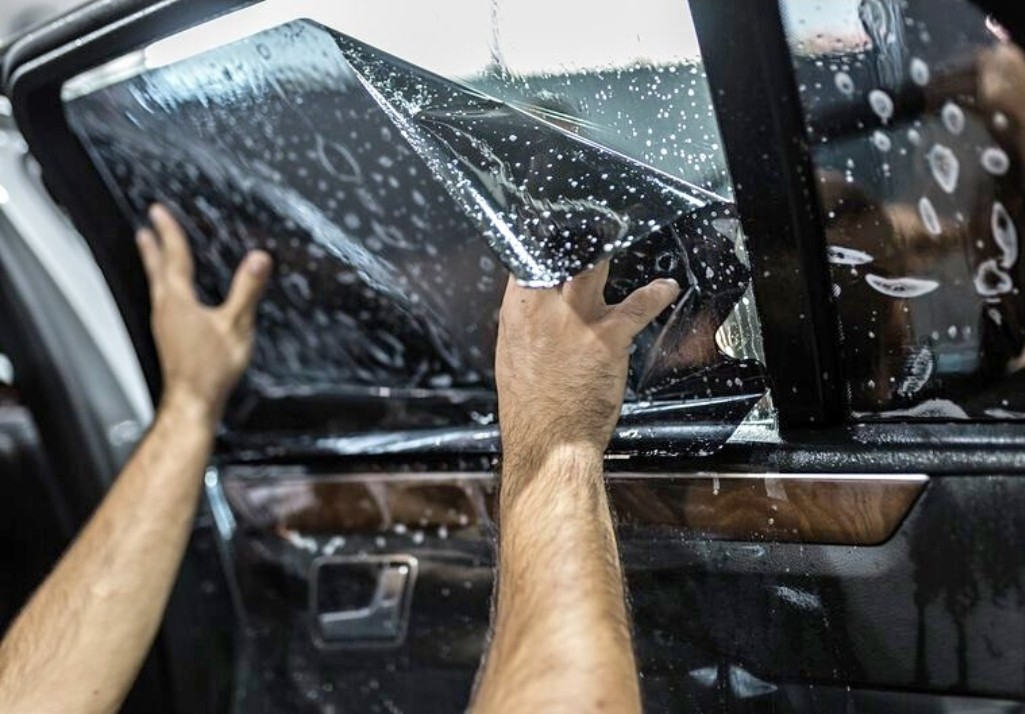Here’s a breakdown of the window tint standards in Texas according to the Texas Department of Public Safety (DPS):
Windshield:
- Tint allowed only on the top portion, above the AS-1 line (manufacturer’s designated area) or up to five inches from the top.
- Tint must allow at least 25% of light in (Visible Light Transmission, VLT).
- Tint must have a luminous reflectance of no more than 25%. This means it can’t be too reflective.
- Red, amber, and blue colored tints are prohibited.
- Clear UV film is permitted anywhere on the windshield without a medical exemption.
Front Side Windows (driver and passenger):
- Tint must allow at least 25% of light in (VLT).
Back Side Windows (behind driver and passenger seats):
- No restrictions on darkness.
Rear Window:
- Any darkness tint allowed if the vehicle has side mirrors on both sides.
- If the vehicle doesn’t have side mirrors, the rear window tint must also allow at least 25% of light in (VLT).
Medical Exemption:
- Drivers with a medical condition requiring darker tint on the front side windows can obtain a signed exemption from a licensed physician or optometrist.
- The exemption must specify the driver or occupant needing the tint and explain why it’s necessary for their health.
Important Notes:
- It’s always recommended to get your windows tinted by a professional who understands Texas law and uses tint that complies with regulations.
- Law enforcement officers can use a light meter to measure the VLT of your window tint. If your tint doesn’t meet the legal requirements, you may receive a ticket.
For more information, you can refer to the Texas Department of Public Safety website on window tinting standards: Texas Window Tinting Standards.

